Mounting of a a FIssion Fragments Identification arm (FIFI).
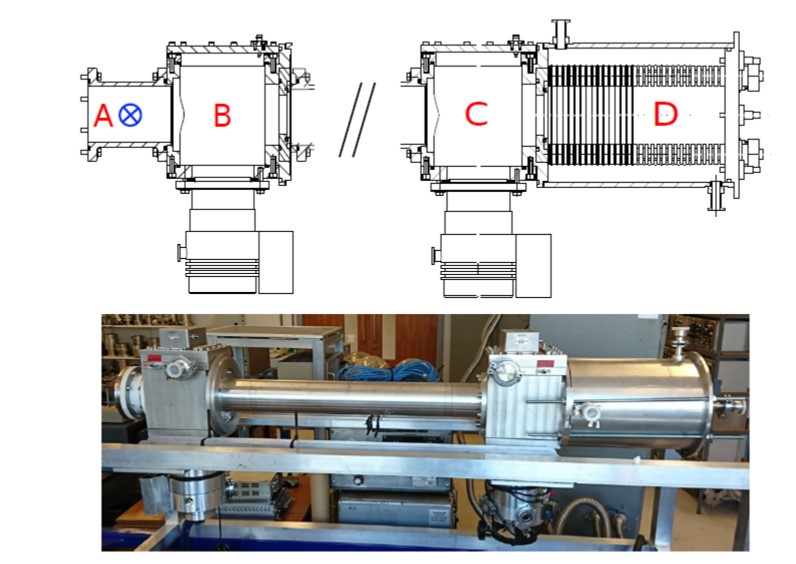
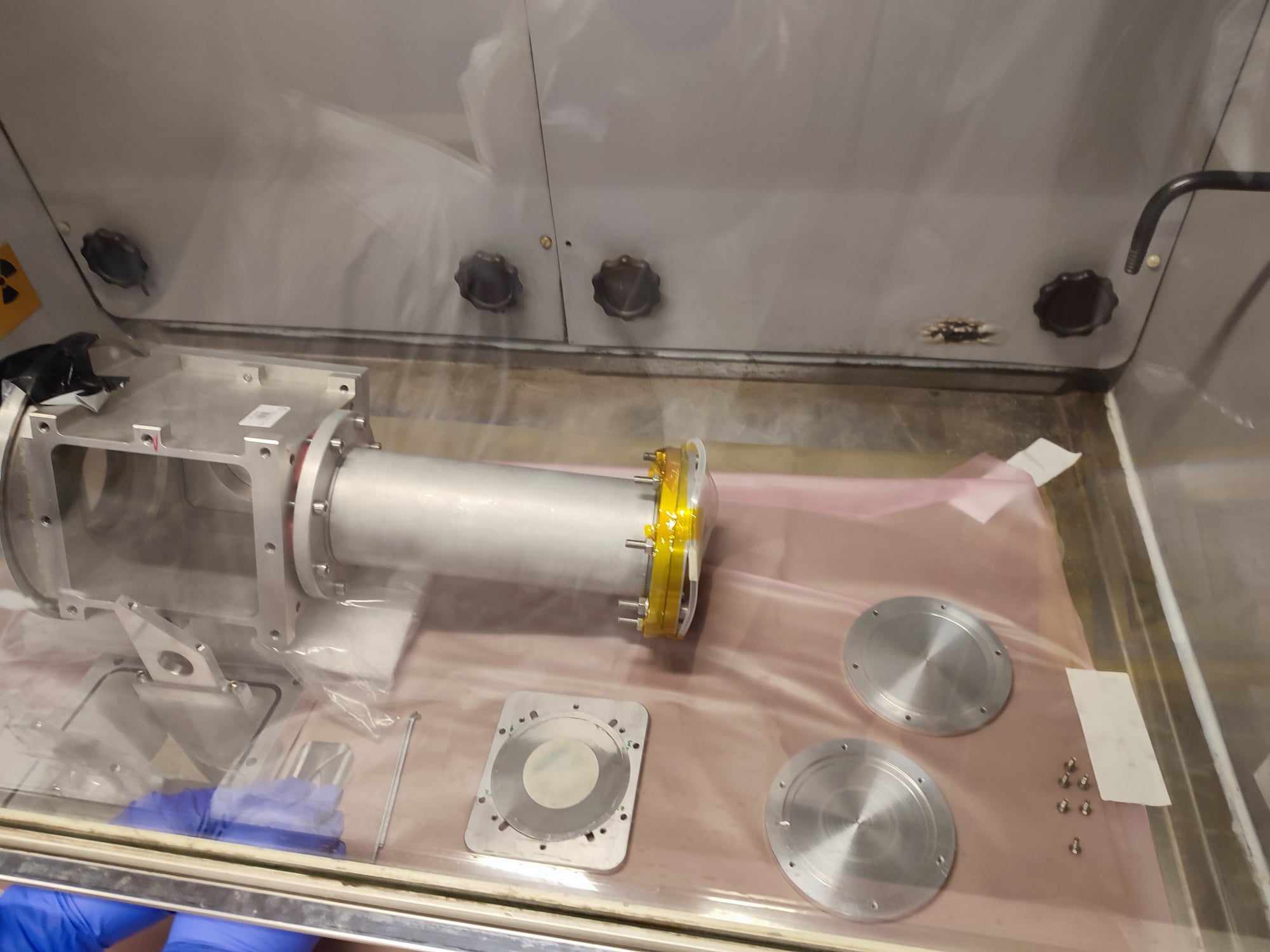
Coordinator for this week: E. Barbara Holzer
Updated user schedule v4.1.0 on October 28th
Please be aware that the infrastructure work (installations/de-installations) for the FOLLOWING week are FINALIZED by the EA-team the Thursday early afternoon in the week BEFORE
DRAFT Injector schedule for 2025 is available here: https://edms.cern.ch/document/3057281/latest
AD/ELENA is installing a new beam line for antiproton / H- test beam called TELMAX. Call for beam requests for the TELMAX beamline for 2024 and 2025 is expected to go out soon.
EuroLabs : please urgently submit a list of your publications to Tanya if you profited from EuroLabs funding.
E.B. Holzer, M.R. Jäkel
Proton Run 2024
Ion Run 2024
Reminder: Beam time exceeding the limits of 2 weeks PS beam time and 1 week SPS beam time per year need the approval of one of these CERN committees: SPSC, LHCC, DRDC, INTC, RB or IEFC. Consider joining a DRD collaboration, if you require more beam time.
Target intensities:
See below or via ASM (accessible from within the CERN network).
Upcoming SPS MDs next weeks :
https://be-dep-ea.web.cern.ch/content/md-planning-north-area
Dedicated SPS MDs - if not anounced differently - are taking place from 8:00 to 18:00
ISIEC Safety Clearence (please login to Drupal): https://ep-th-safety.web.cern.ch/isiec-safety-clearance
Smooth data taking in all experimental areas during week #45
On 11.11 change of neutron collimator in EAR2 from the one for capture to a larger one for fission.
Mounting of a a FIssion Fragments Identification arm (FIFI).

FIFI can measure mass and energy of emitted fragments by means of a couple of microchannel plates and an ionization chamber.
Week #46
EAR1: C6D6 detectors to measure the 65Cu(n, g) reaction
EAR2: fission fragments study
Both measurements will run up to end of the 2024 campaign (on 25.11)
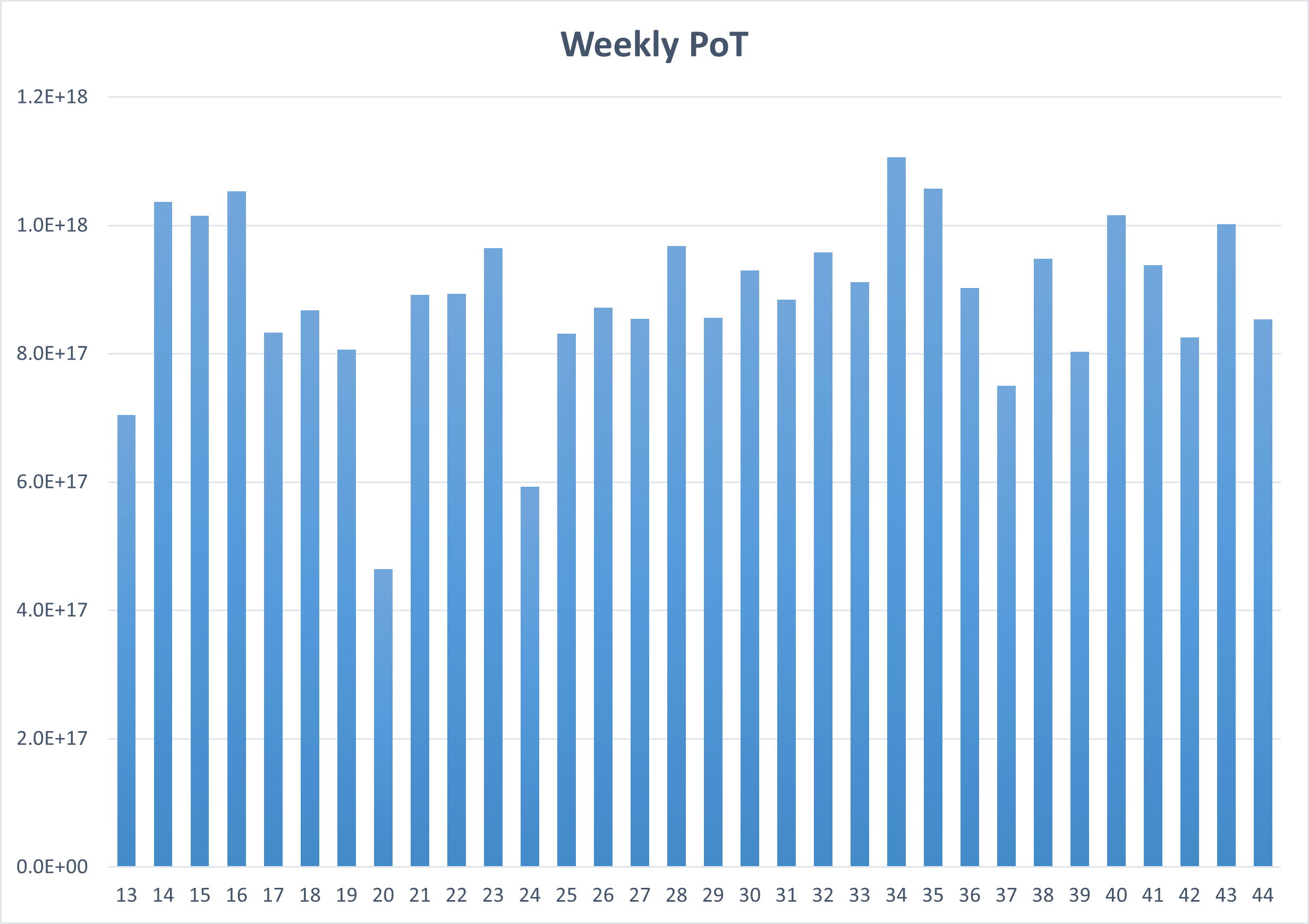
Received protons
Preliminary data analysis from the test beam that concluded on November 8th suggests that the observed peaks in the HPGe detector are coming from pion activation of the Ge crystal itself. Sharp peak at 54 keV is likely a low-lying excited state in 73Ge.
Will conduct another short test the week of November 18th to further investigate this hypothesis and try to reduce further the instantaneous antiproton intensity to see the desired antiprotonic atom x rays.
On-call number for beam physicists: 67500
T09/T10/T11: Good operation.
Very good last week of the proton run (ended yesterday at 6am), see plot below. Despite long ion cycles for the LHC filling, both p/w and TID reference values reached. Also beam centering was very good on both axis (~96% of the spill within +/- 2mm from the beam center).
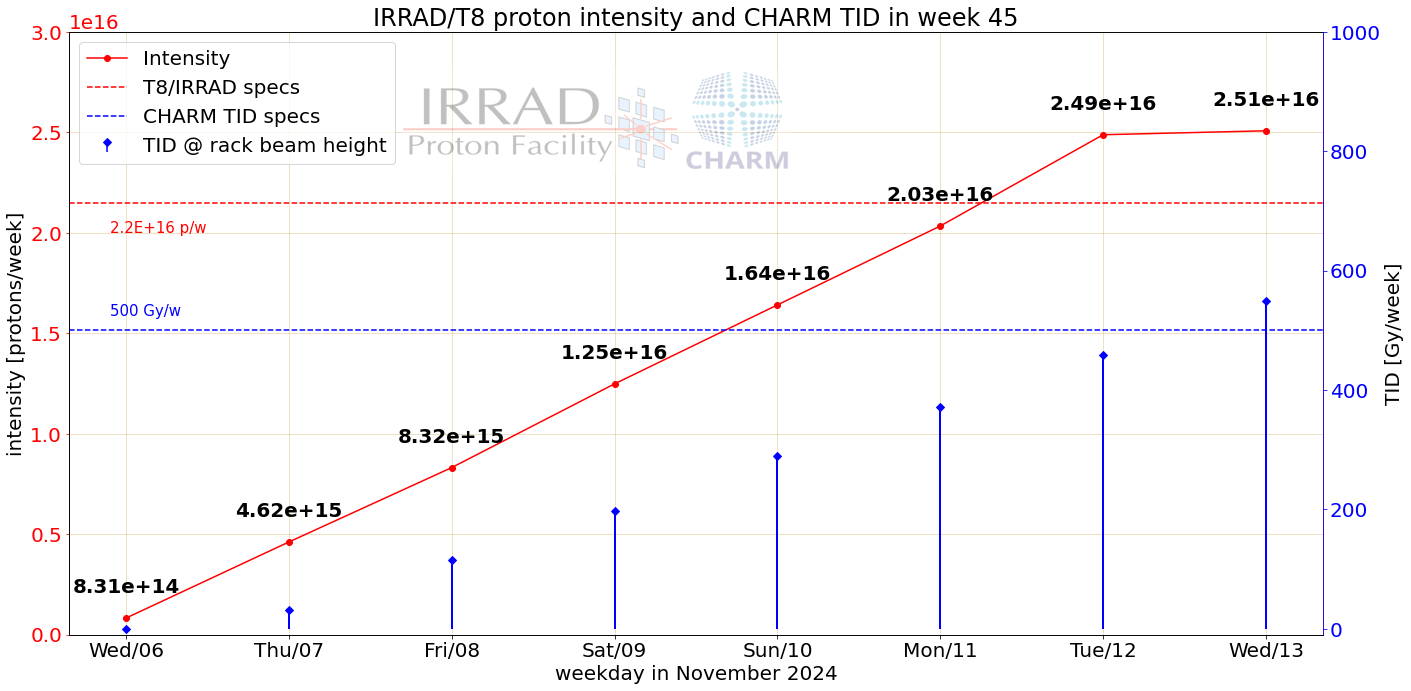
Reference weekly intensity reached basically every week. The high-intensity spill operational this year significantly increased the intensity delivered to T8 (average daily intensity doubled since the LS2) for the benefit of the users and irradiation experiments carried out of both our irradiation areas. Therefore, we would like to warmly THANK all teams (across several CERN departments) involved in our operation for the continuous help and support to our facility!
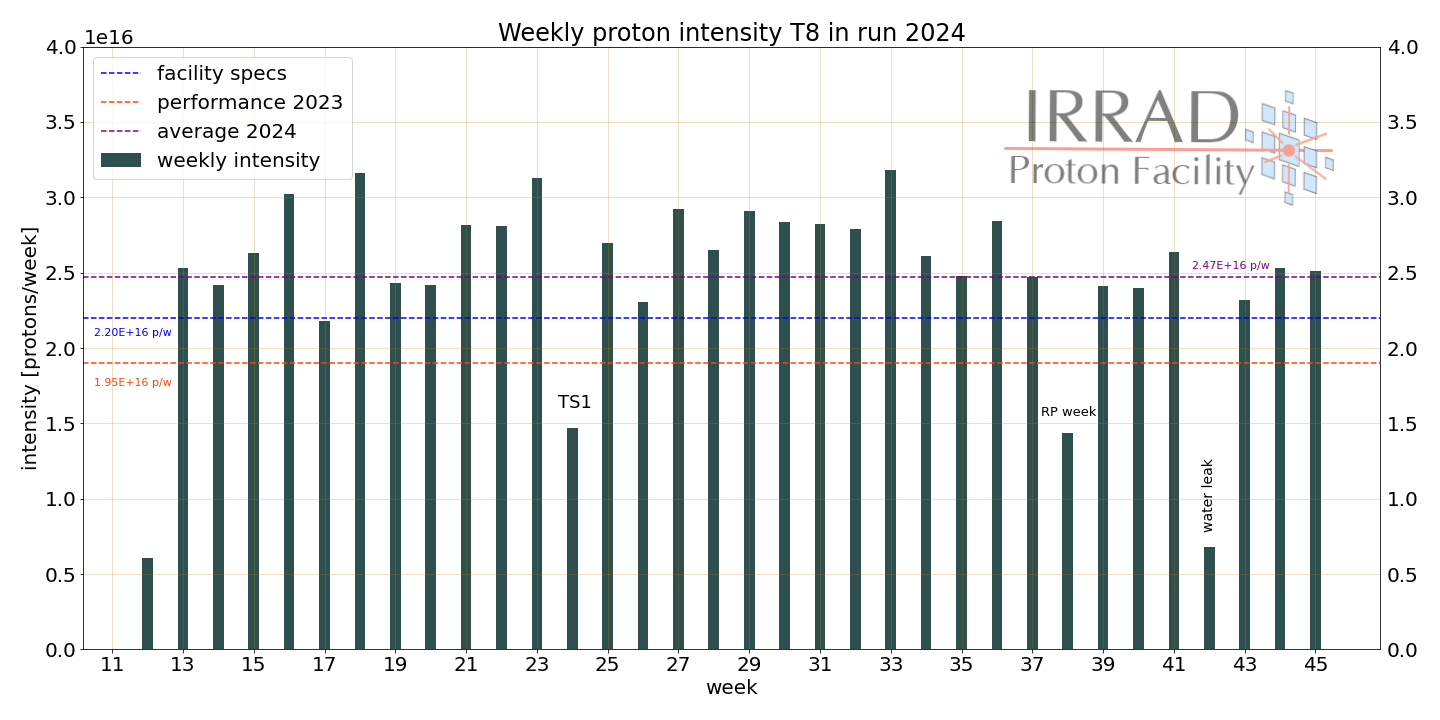
Statistics 2024 for proton and mix-field irradiations:

All irradiation experiments completed in IRRAD and CHARM Access on Wednesday concernend only IRRAD to remove last samples and finalize the preparation of IRRAD Zone 1 for HEARTS:
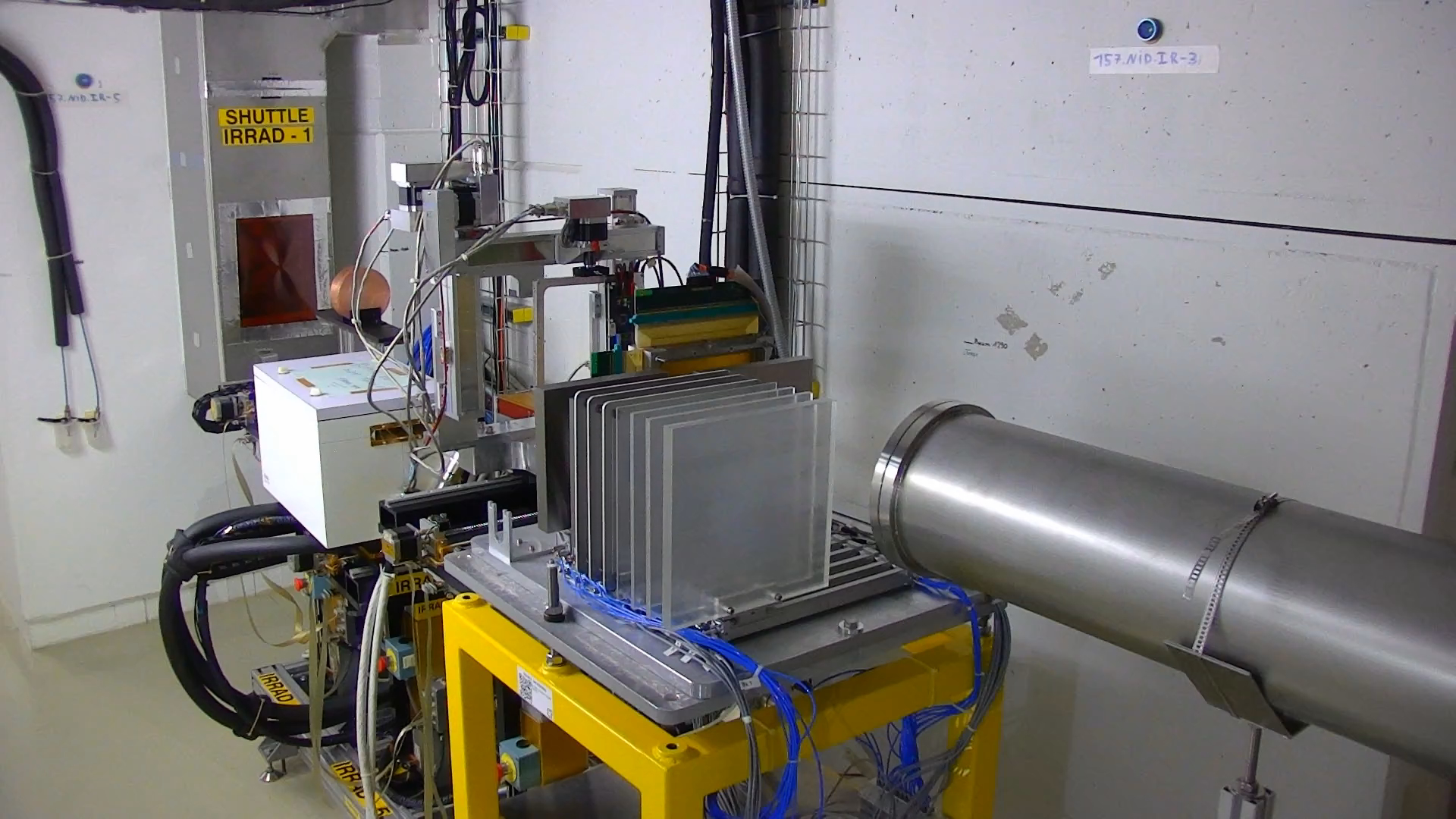
Ion beam commissioning started yesterday, users starting in the coming days. Next week report will be made by HEARTS team.
We continue to collect and analyze data for our beam monitors. Working towards particle identification using data:
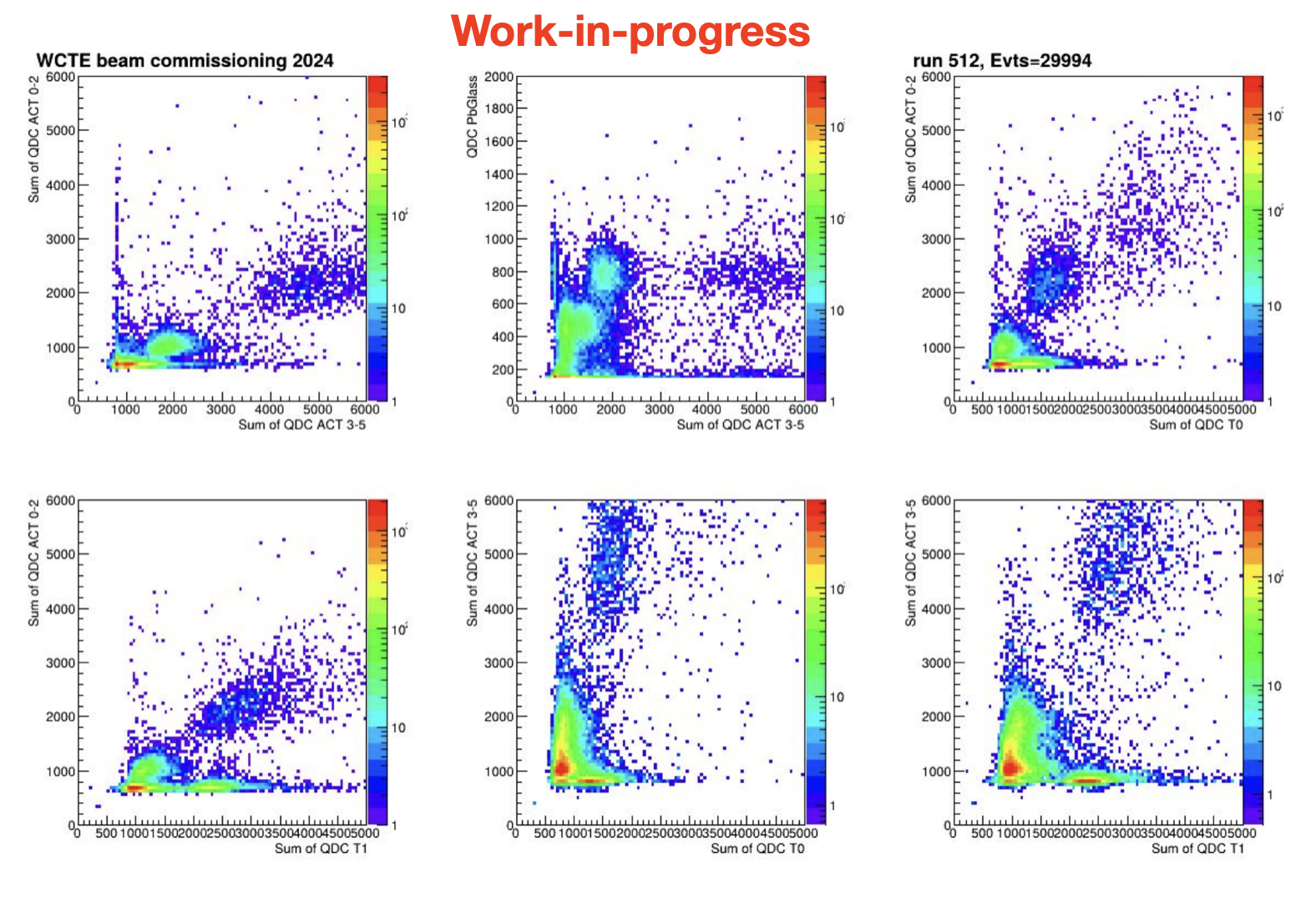
Continue to work on the synchronous readout of the detector so we can collect useful physics data. Calibration runs with flashed LEDs are being run, but these can be done simultaneously with reception of the beam. We continue to use the beam to work on the synchronous readout of the detectors and beam monitors. We expect ~1 per day access of about 1 hour to change beam equipment (aerogels for different beam momenta).
SHiP LS-SBT exposure successfully concluded (Wed. 2024-11-06 – Wed. 2024-11-13):
Pre-assembly at T10 construction zone already on Tue. 2024-11-05, swift setup in T10 on Wed. 2024-11-06 afterwards. (Many thanks to the transport group for DESY table management and transport of our equipment in the morning! Many thanks for the safety group for giving us clearance in the evening so we could start first measurements during the night!)
Data taking with muons. Beam diagnostics with Cherenkov detector and tuning with collimators at the start to control hadron beam contamination. (Many thanks to Maarten!)
Data taking quite slow due to LHC filling, but all planned measurements successfully conducted. :)
Swift disassembly on Wed. 2024-11-06. (Again many thanks to the transport group!)
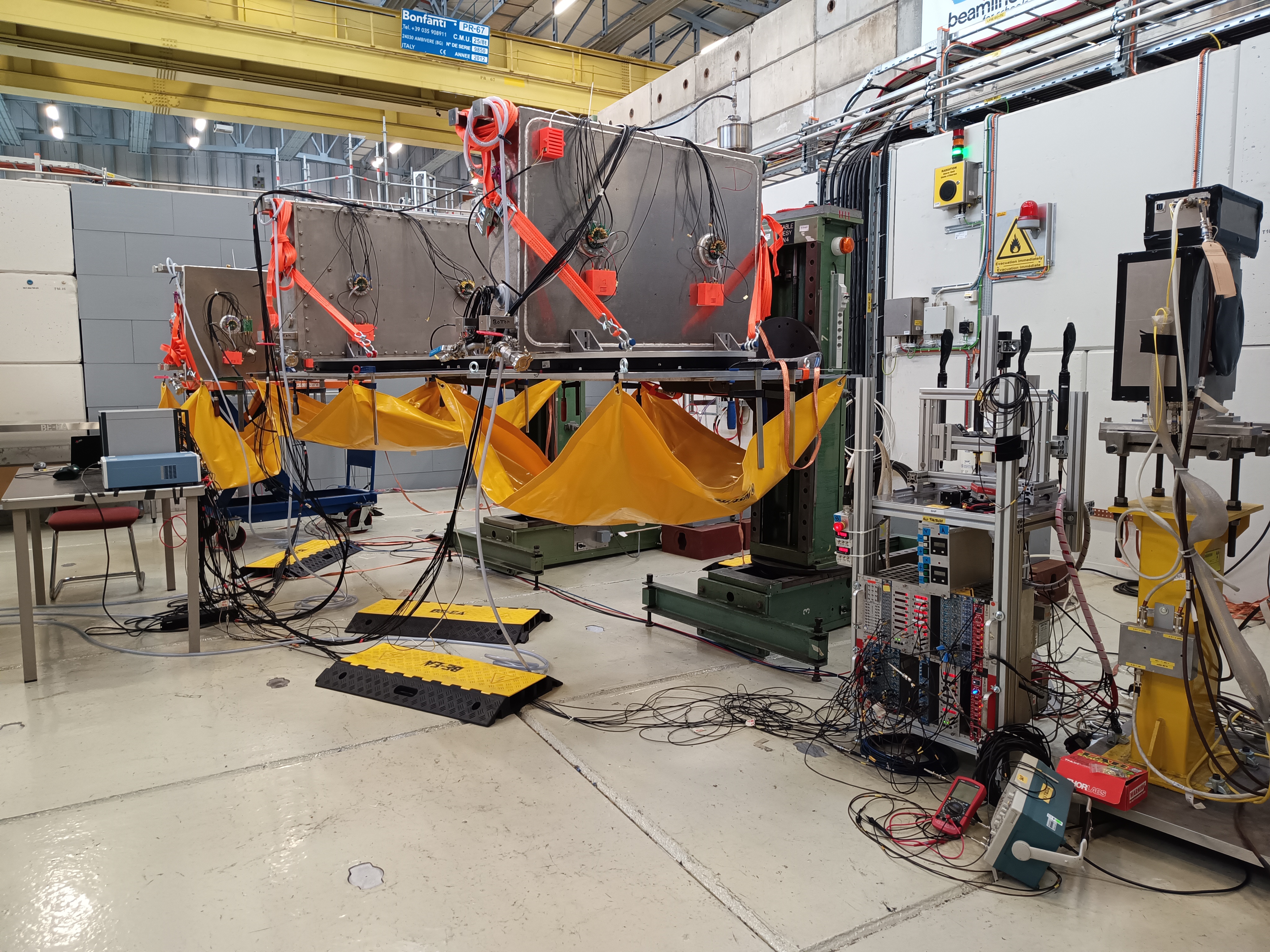 |
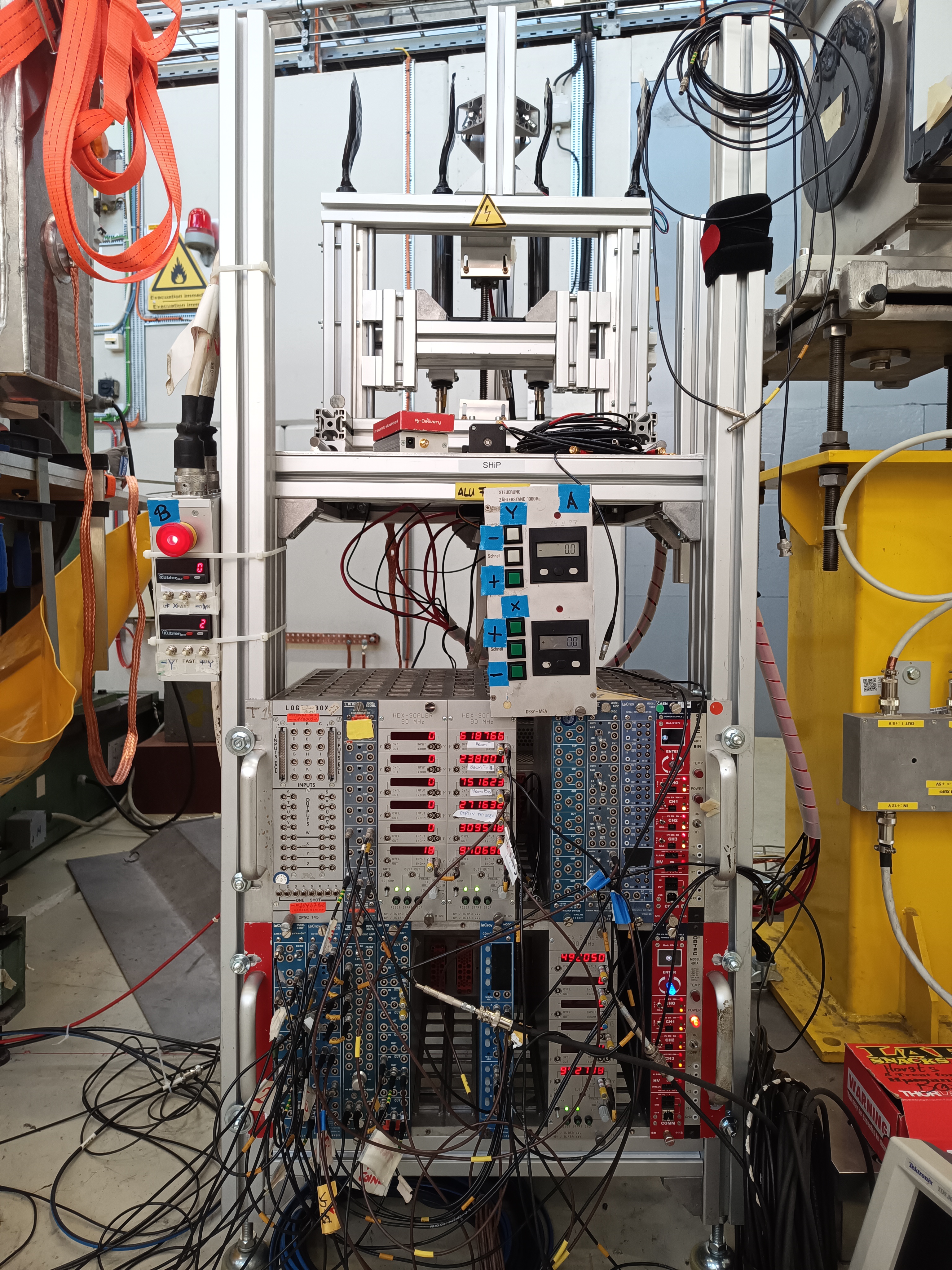 |
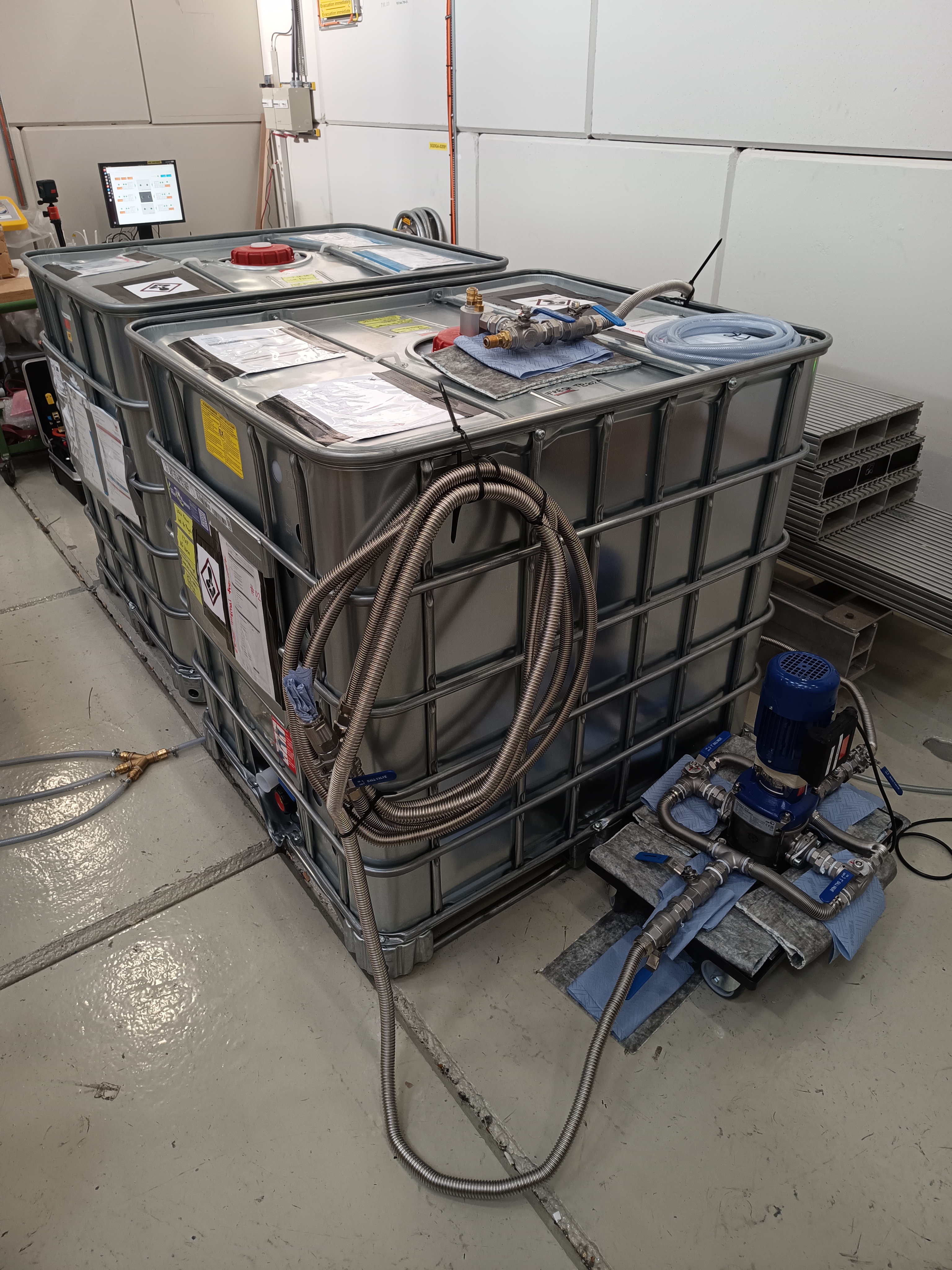 |
|---|---|---|
| setup at PS EA T10 | beam telescope | liquid handling system |
3x 1-cell full-size LS-SBT prototypes (2 on DESY tables & rotation platforms):
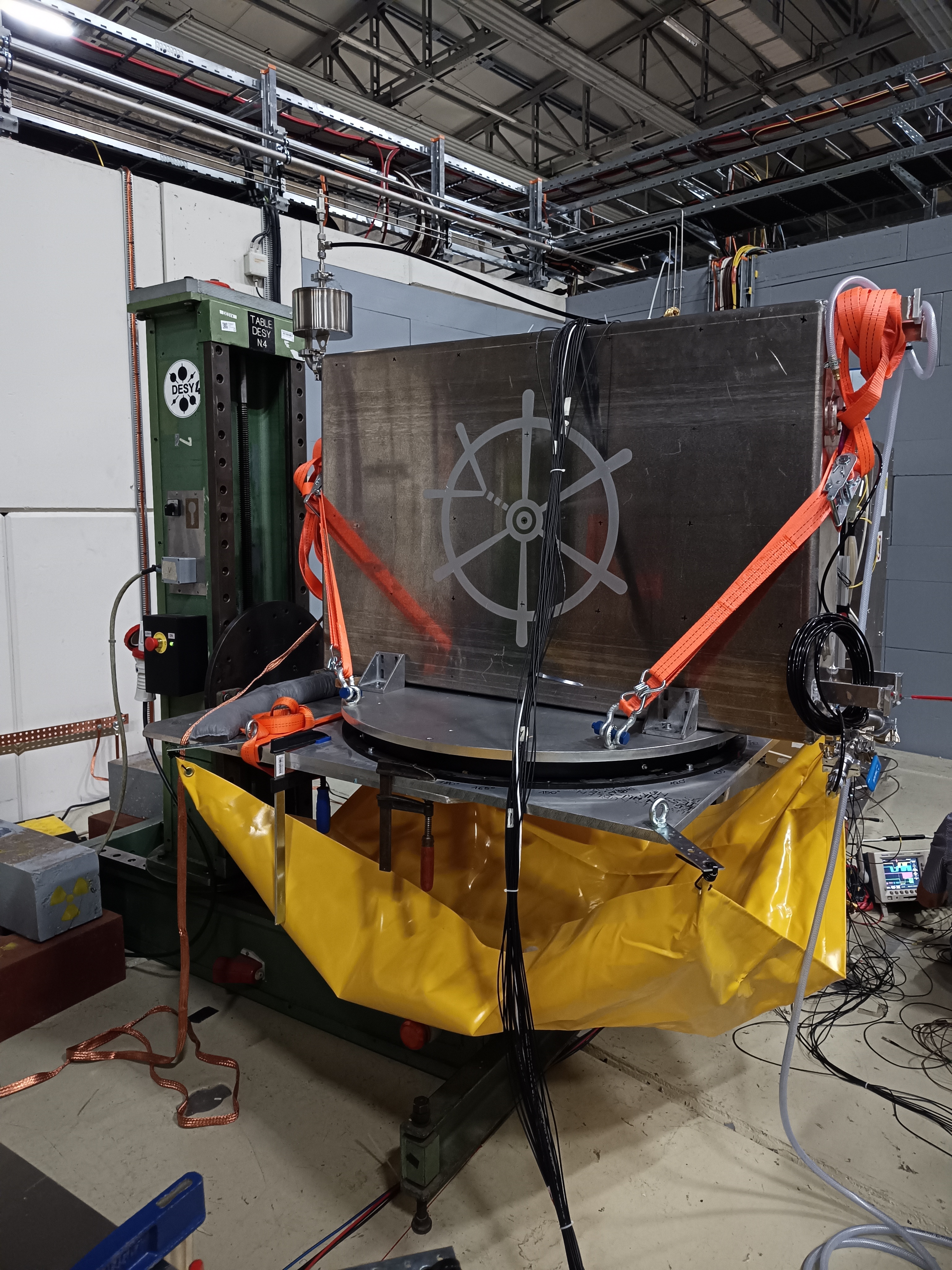 |
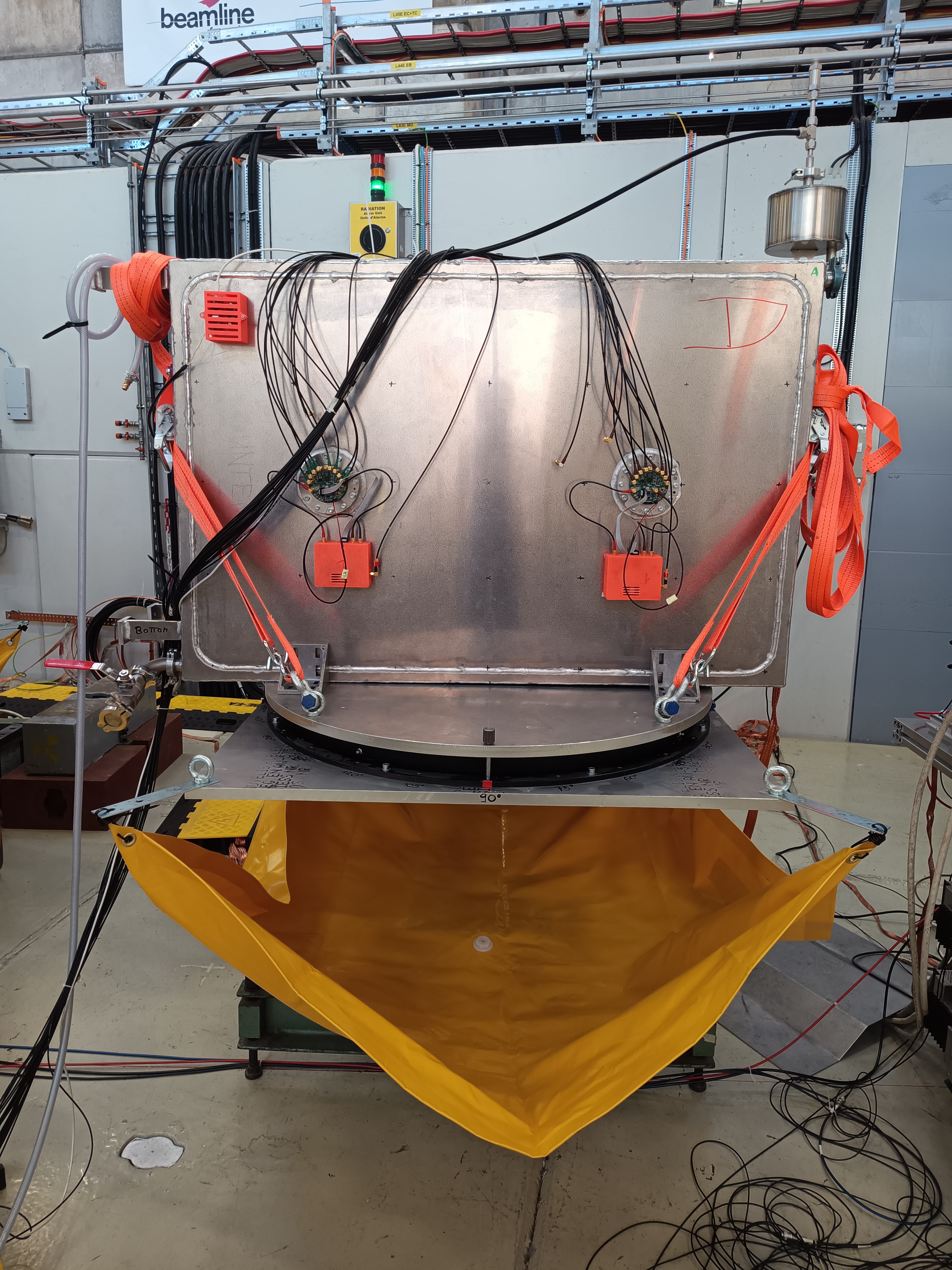 |
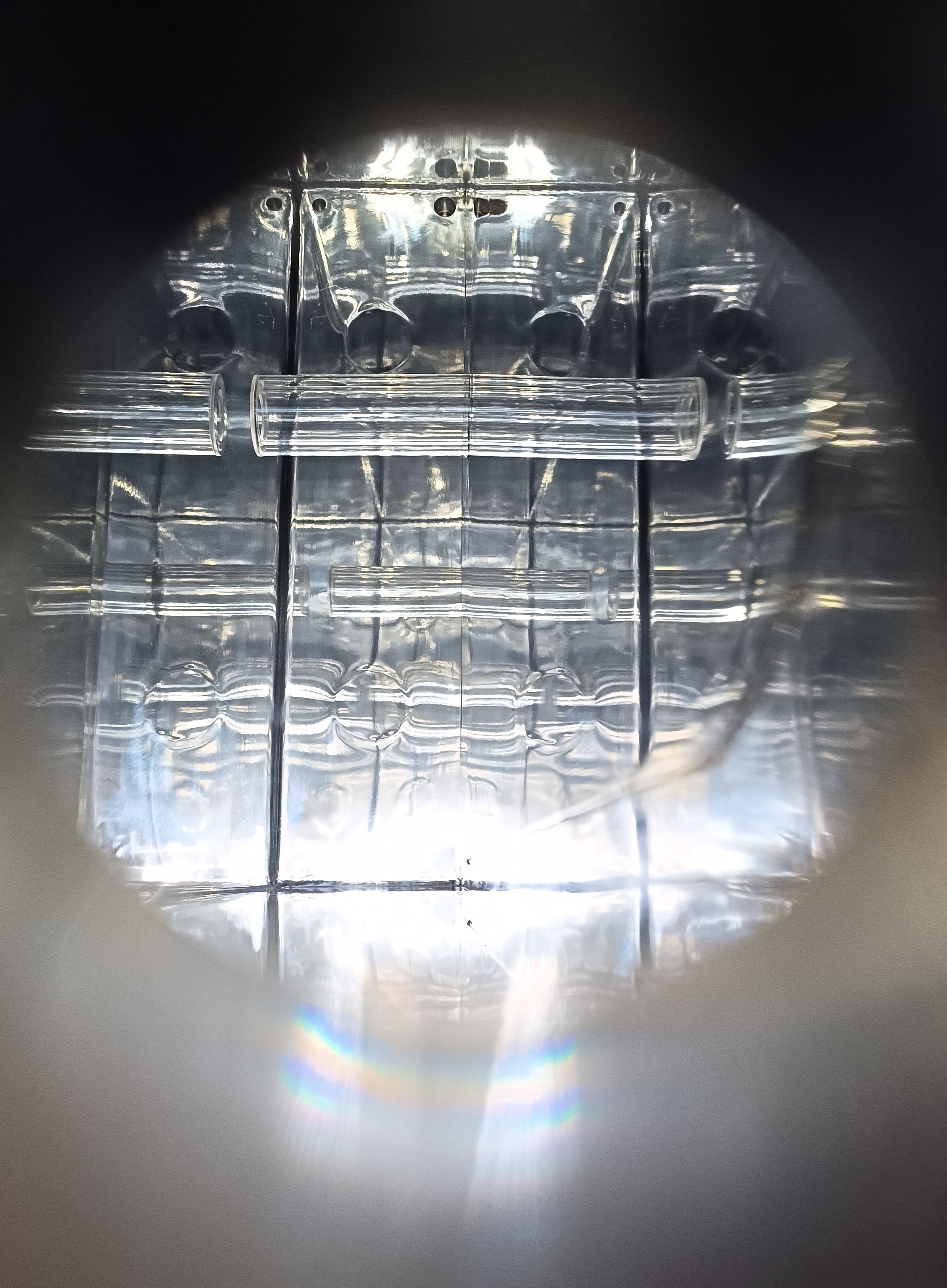 |
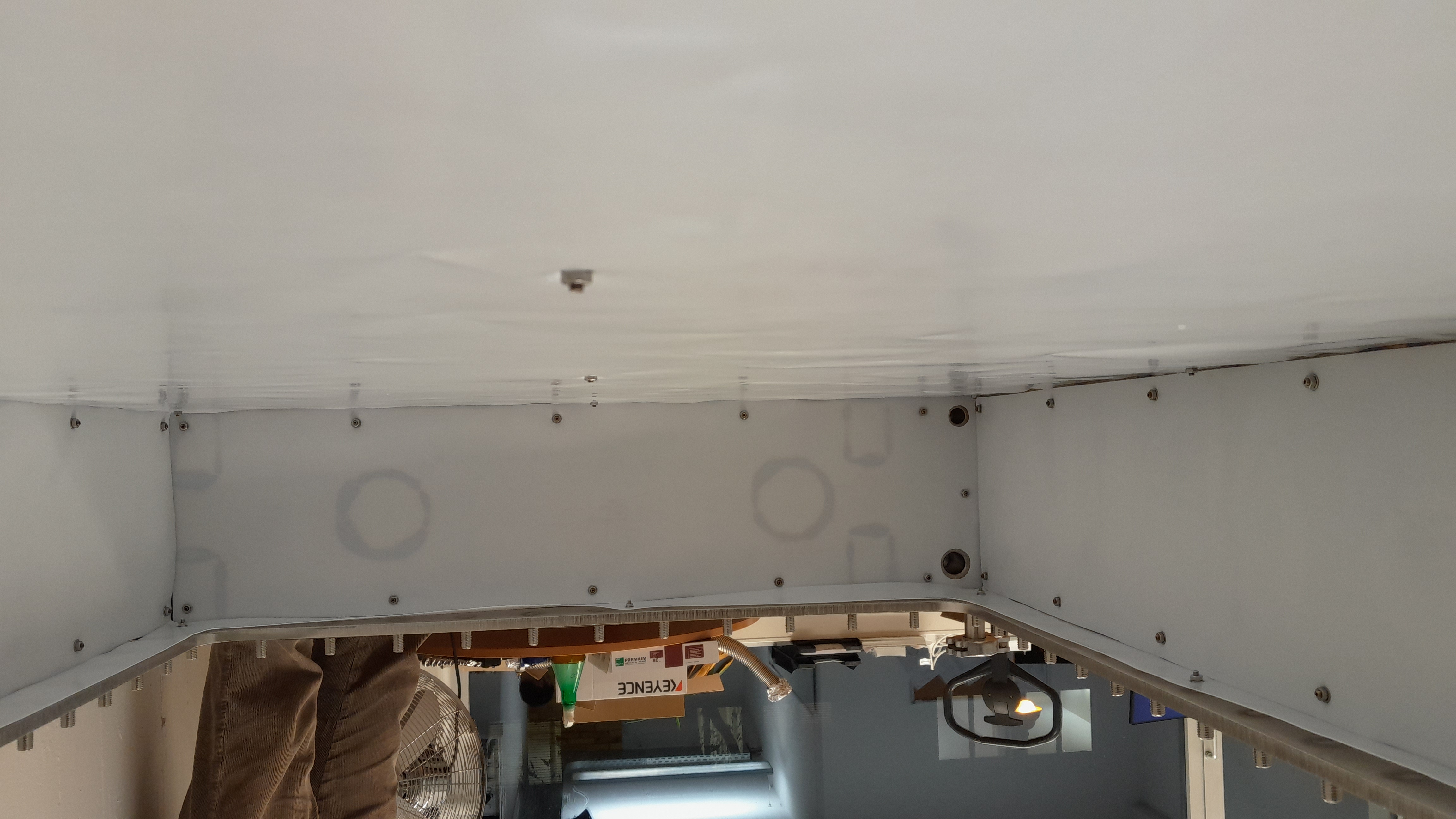 |
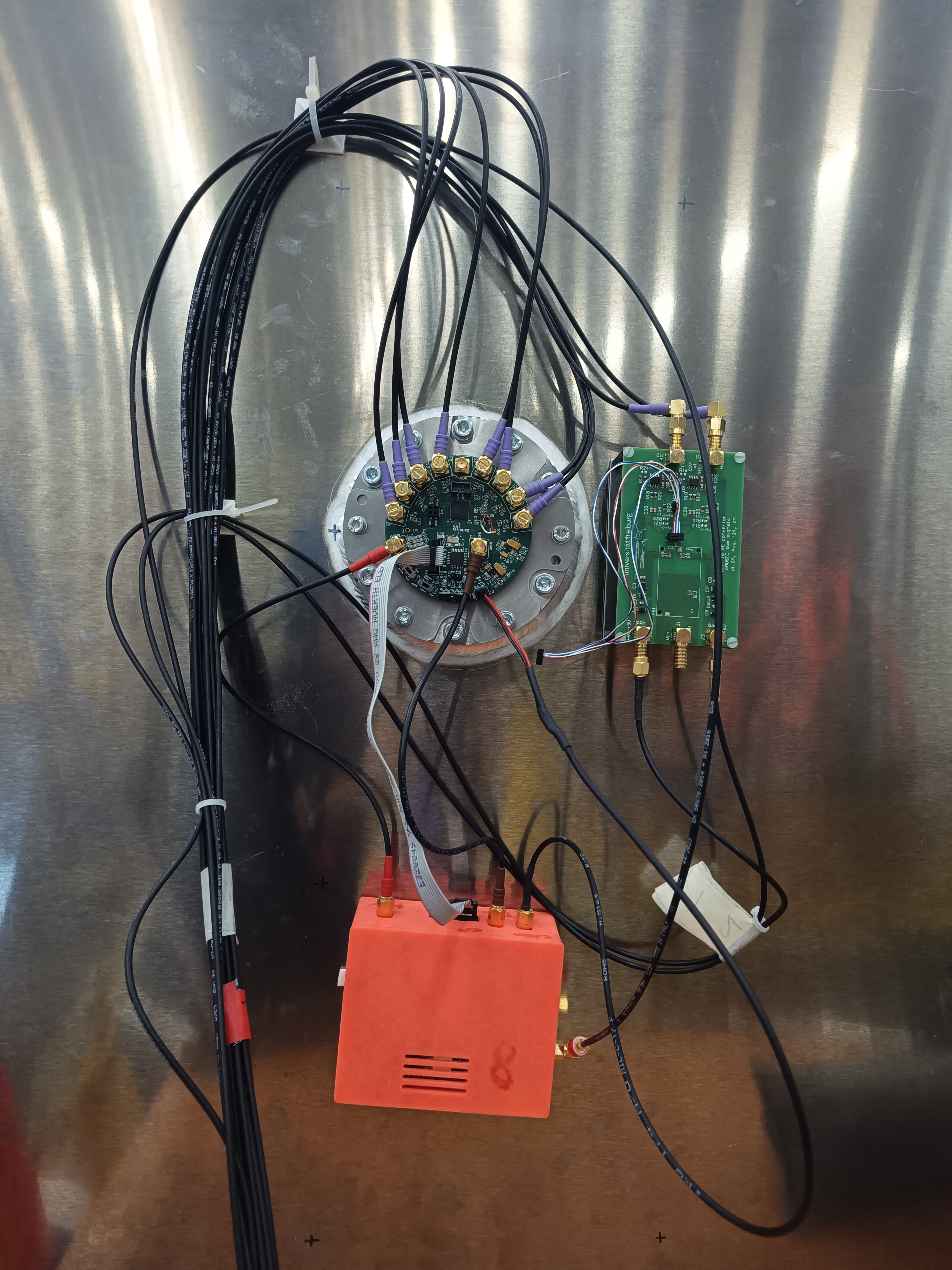 |
|---|---|---|---|---|
| front | back | inner surface (Al4.5 polished) | inner surface (CRES + PTFE liner) | readout |
Beam diagnostics with Cherenkov detectors & beam telescope:
| 1.1 bar | 1.5 bar |
|---|---|
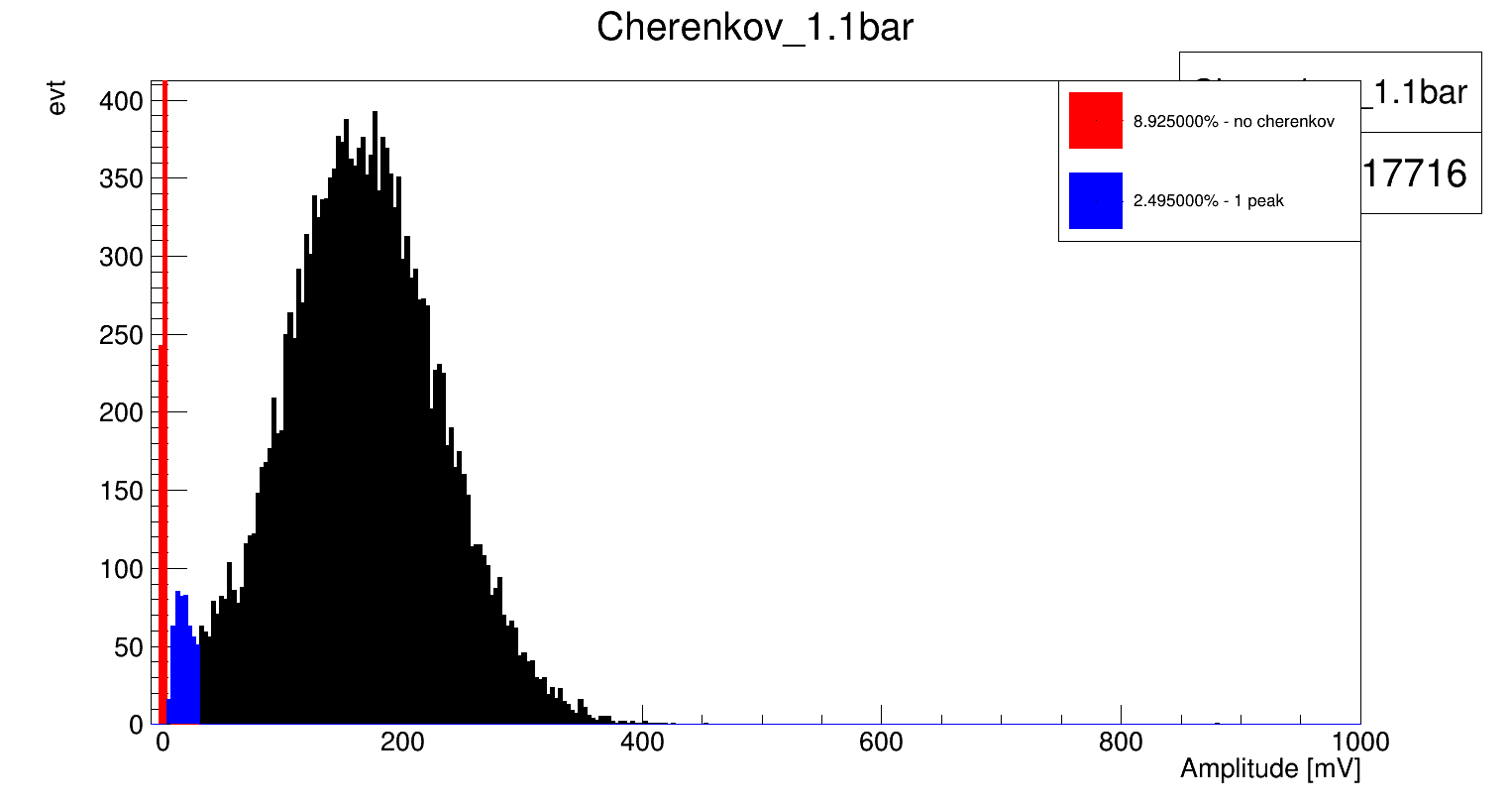 |
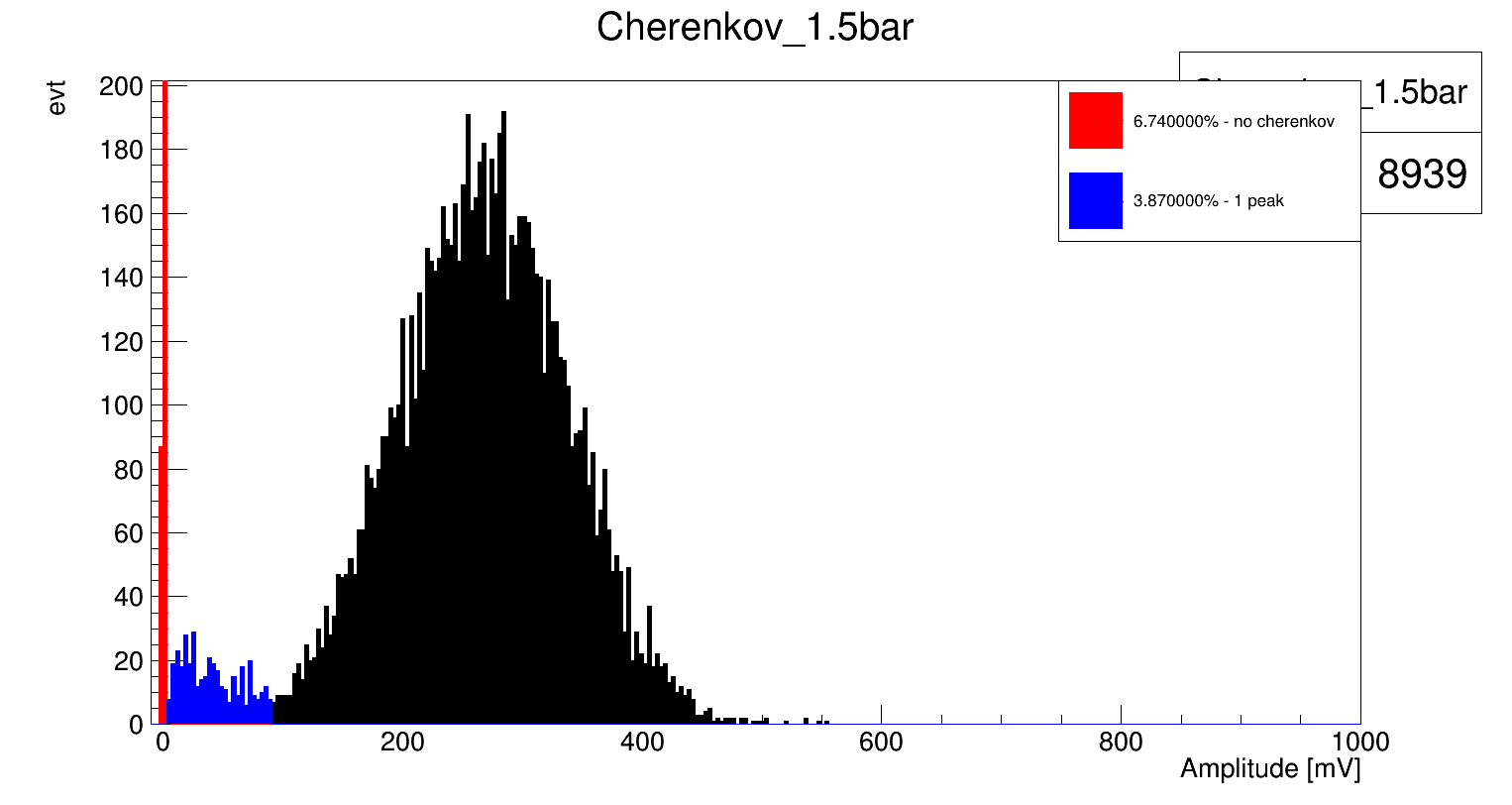 |
| black ~muons, blue ~pions, red ~protons/kaons | black ~muons, blue ~pions, red ~protons/kaons |
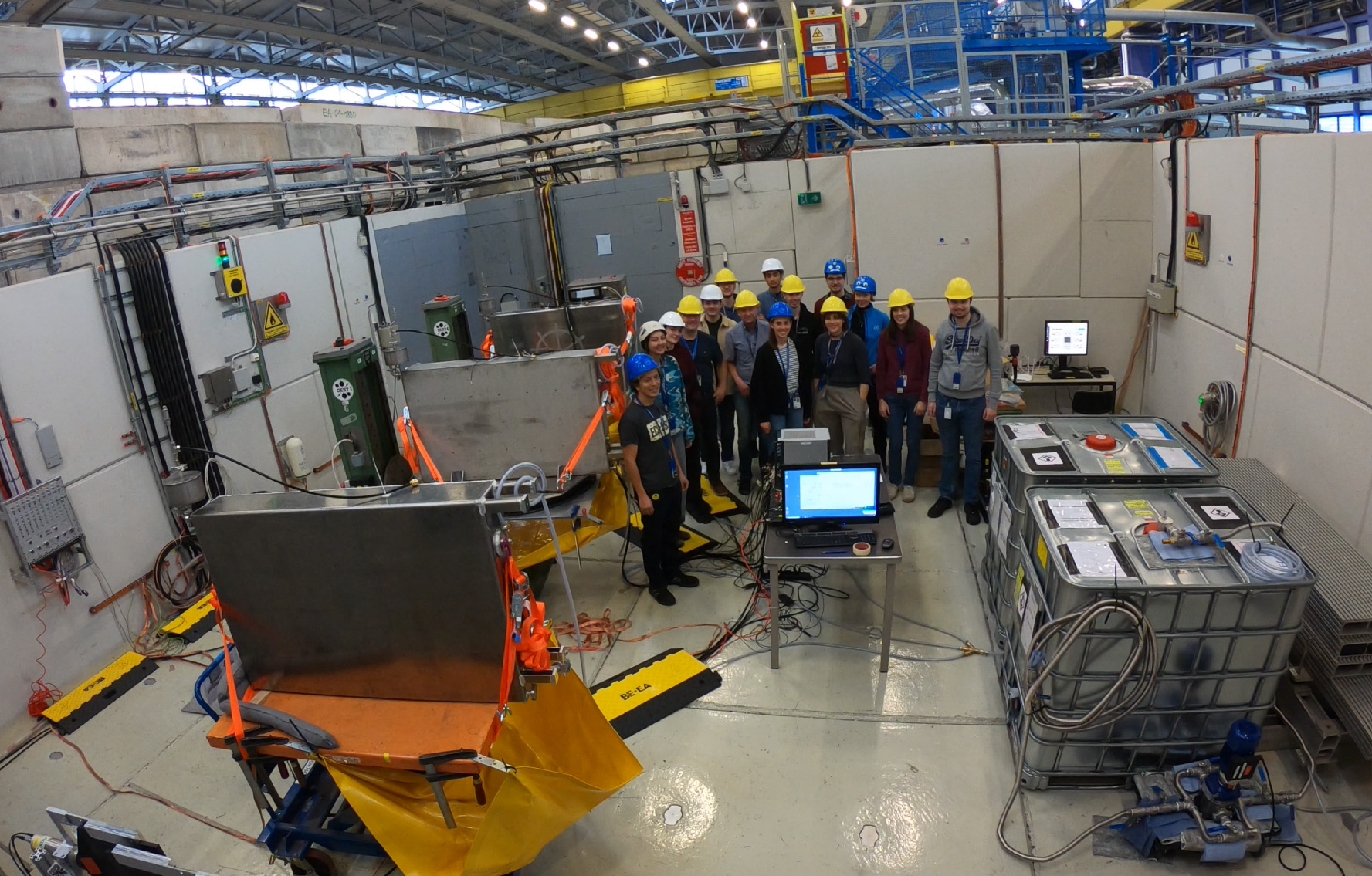
On-call number for beam physicists: 67500
Target sharing:
| T2 | T4 |
|---|---|
| 300 x 1088 | 300 x 1088 |
General: A leak was found in TCC2 last week and found to be on the XTAX in front of H8/H6. Towards the end of the week the rate increased and an inspection was done. Given the relatively low intensity of the ion beams we can run without cooling until the end of the run. The leak can be properly fixed (with lower dose) during the YETS. Beam came back on Friday evening.
H2: Good operation.
H4: Good operation.
H8: Good operation.
H6/P42/K12/M2: No operation.
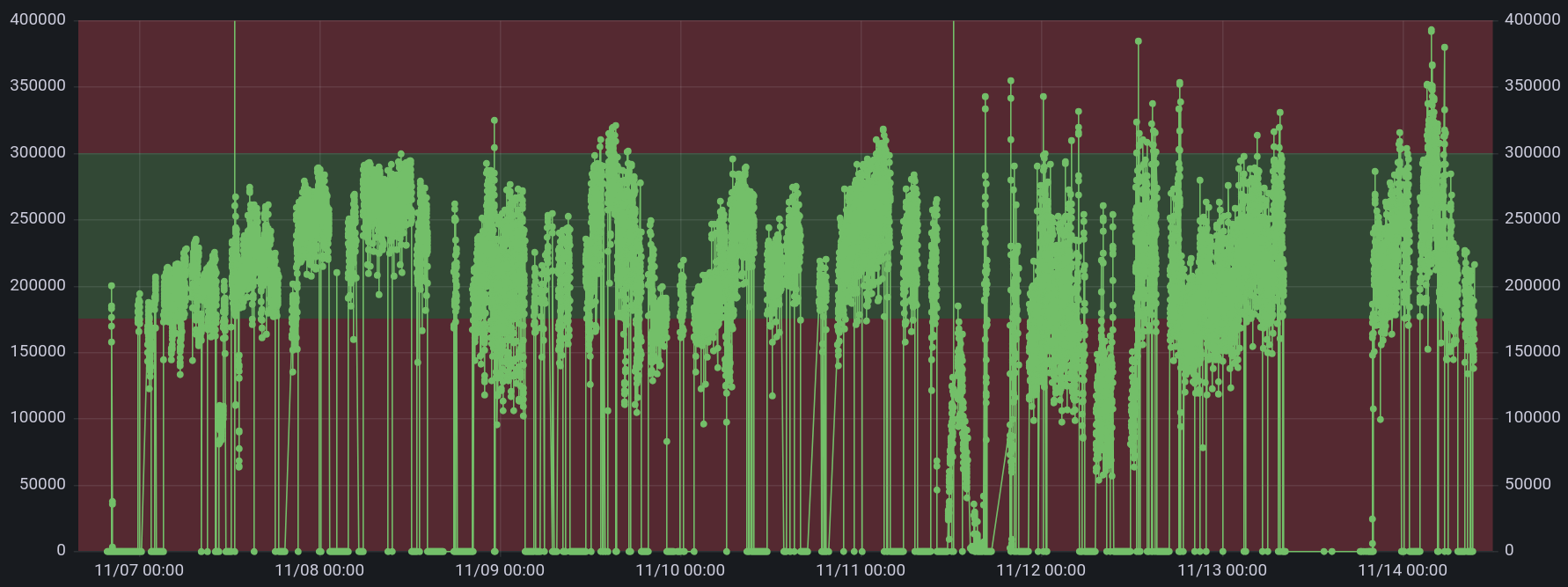
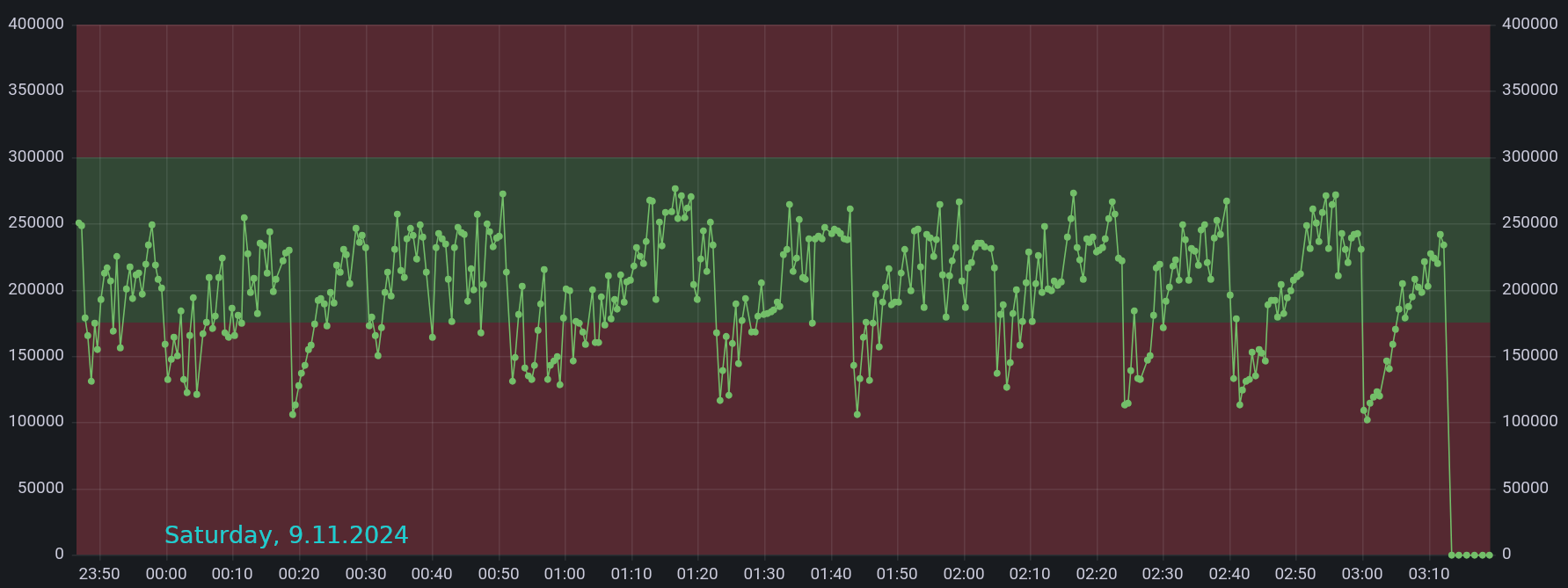
We finished the beam test as the main user. Some new results are presented here.
-Charge spectrum of PSD(readout by SiPM+ASIC, Z=1~35),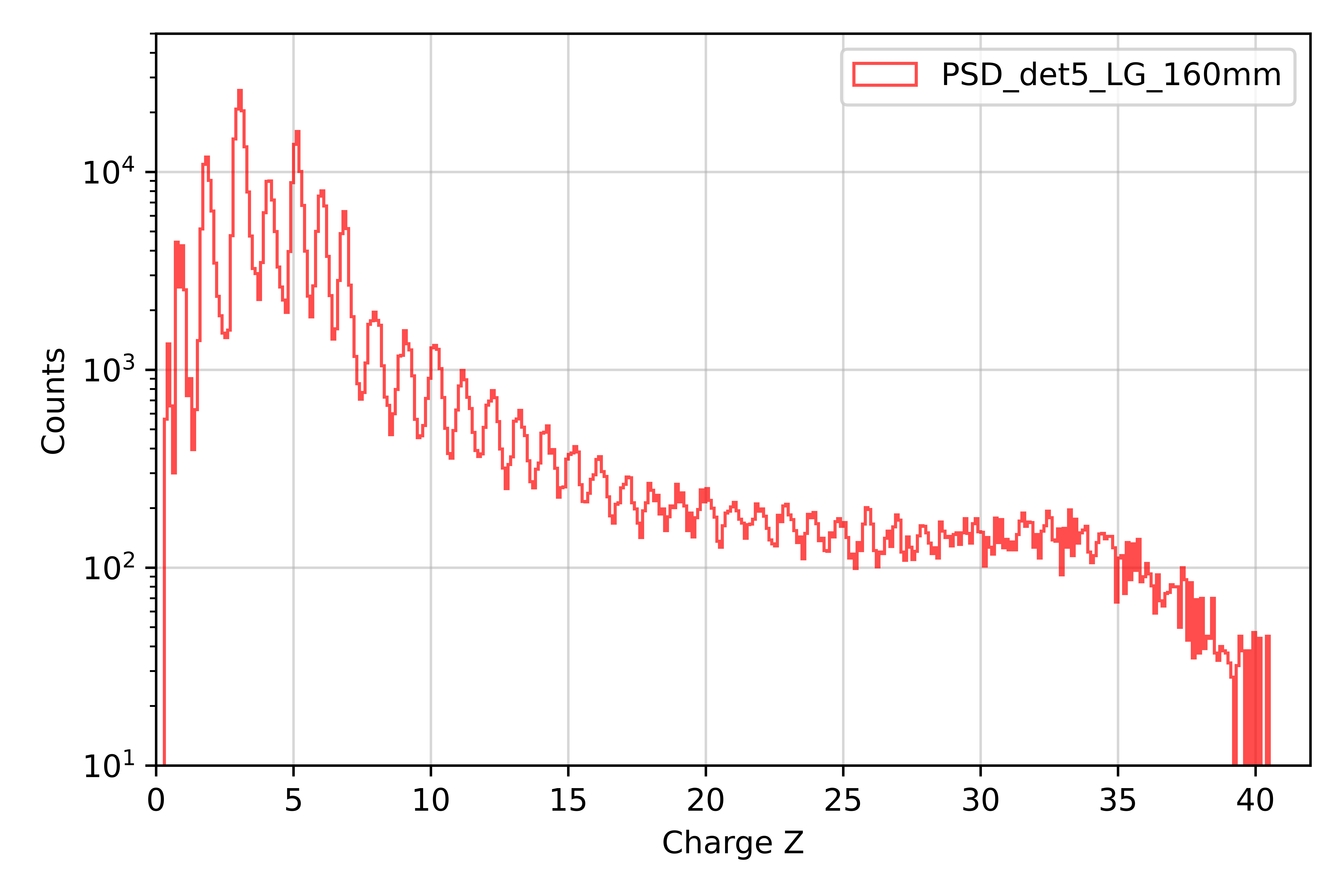
-Charge spectrum of CPID(small SSD+ASIC, Z=2~54),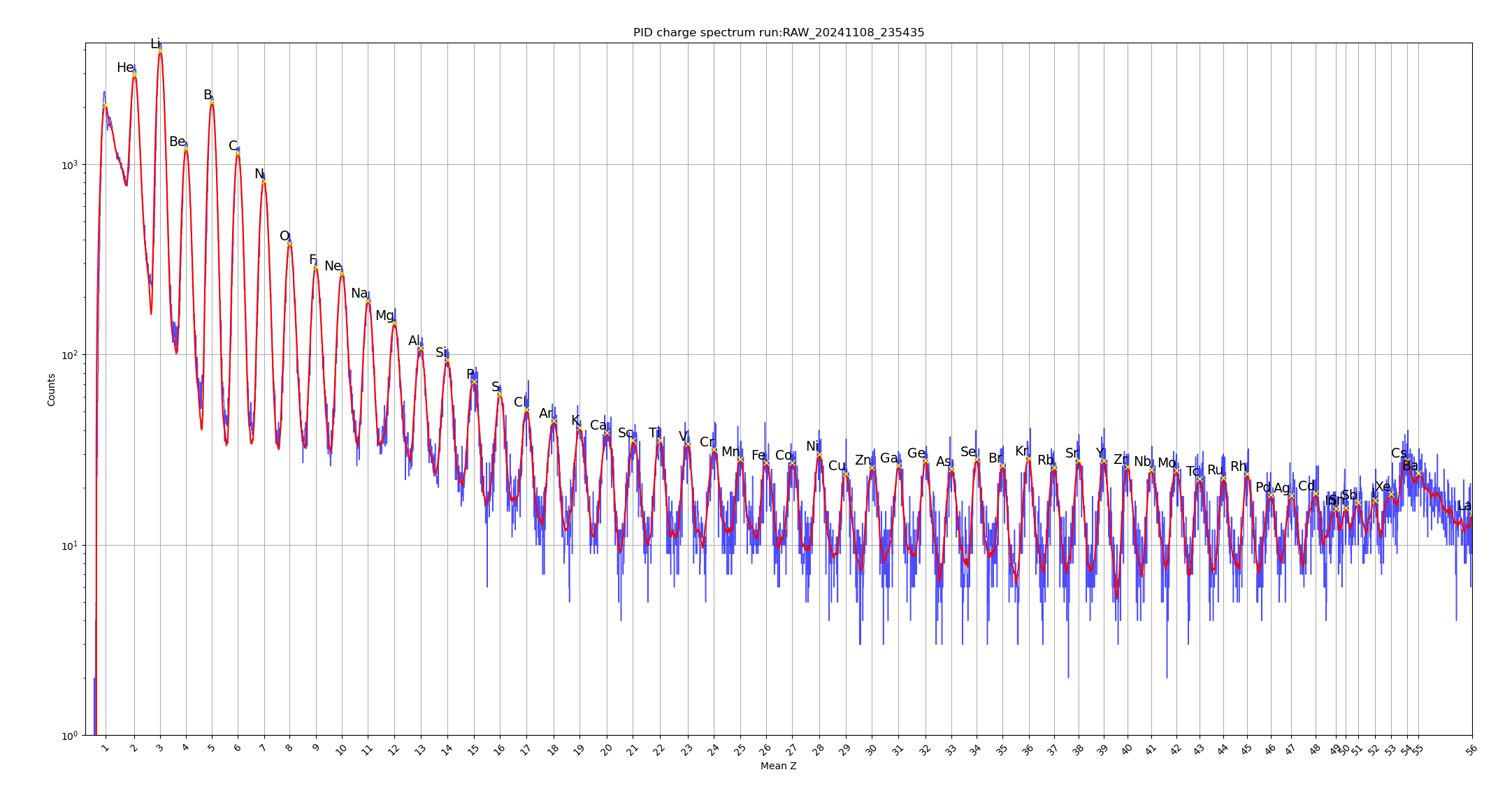
Thanks again for all the supports from CERN.
Thanks to our Italian friends(AMS-L0 team from INFN/UniPG, Charge tagger team from INFN/UniFI)for providing the ps trigger, high precise measurements of track and charge.
We’ve taken some data (not too many due to LHC fillings/MDs) from the beam, some of the charges can be tagged.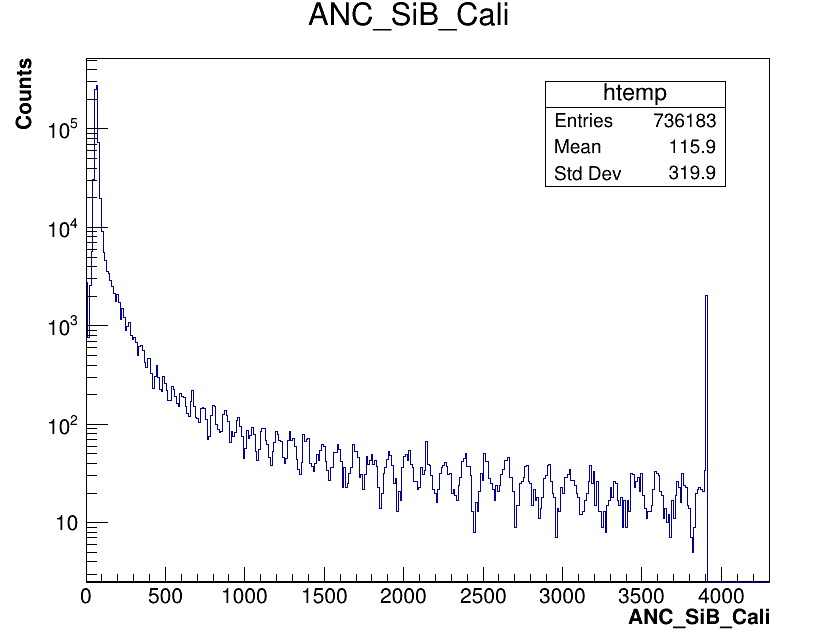
The beam intensity was too high in previous days, which caused some issues for another charge tagger. But Matteo reduced the intensity last night. We’d check the performance via the data soon.
The campaign was succesful. We were able to validate our new Timepix4 readout and our satellite radiation monitor, the Hardpix. We achieved all our secondary objectives, even with the complex week we had.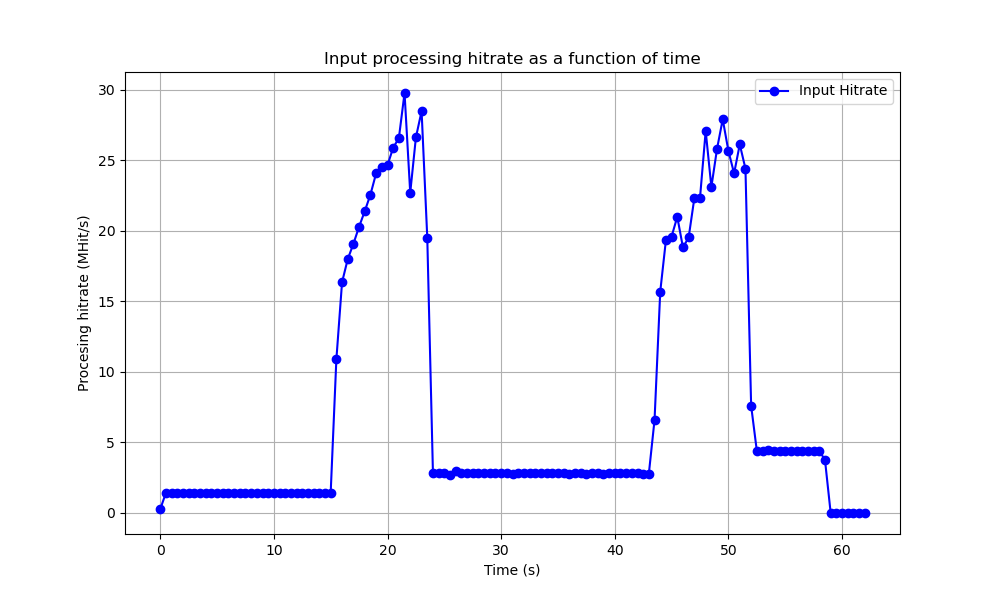
Thanks to Maarten and Johannes for all their help during the week.
Our setup was packed and cleared from RP. Thanks to RP for their reactivity on Monday.
The set-up will be quite similar to that of 2023, a box with a telescope of Si detector prototypes, positioned on the beam axis, and prototypes of MWPC positioned at a small angle (10-20 degrees). Two DESY tables were requested for the installation. A 5mm Pb target will be used to produce secondary particles.
The program (1 week at 150 AGeV and 1 week at low energy) includes: (i) test of the prototypes, (ii) measurements of the beam optics at the two energies up to the nominal beam intensity foreseen for the experiment (10^7 Pb/spill), under guide of Maarten and colleagues and RP group, (iii) a measurement of charged hadron multiplicity in Pb-A collisions at 13.5A GeV.
In Monday, we just dismounted the Calorimeter, and move the rest detectors to the downstream of AMS L0. In this week, we will continue the data acquisition mostly for studying the performce of the silicon strip detectors with different parameters setup.
Minutes by the respective speakers, edited by E. B. Holzer, M. Jäkel, T. Shulha, and M. Schwinzerl